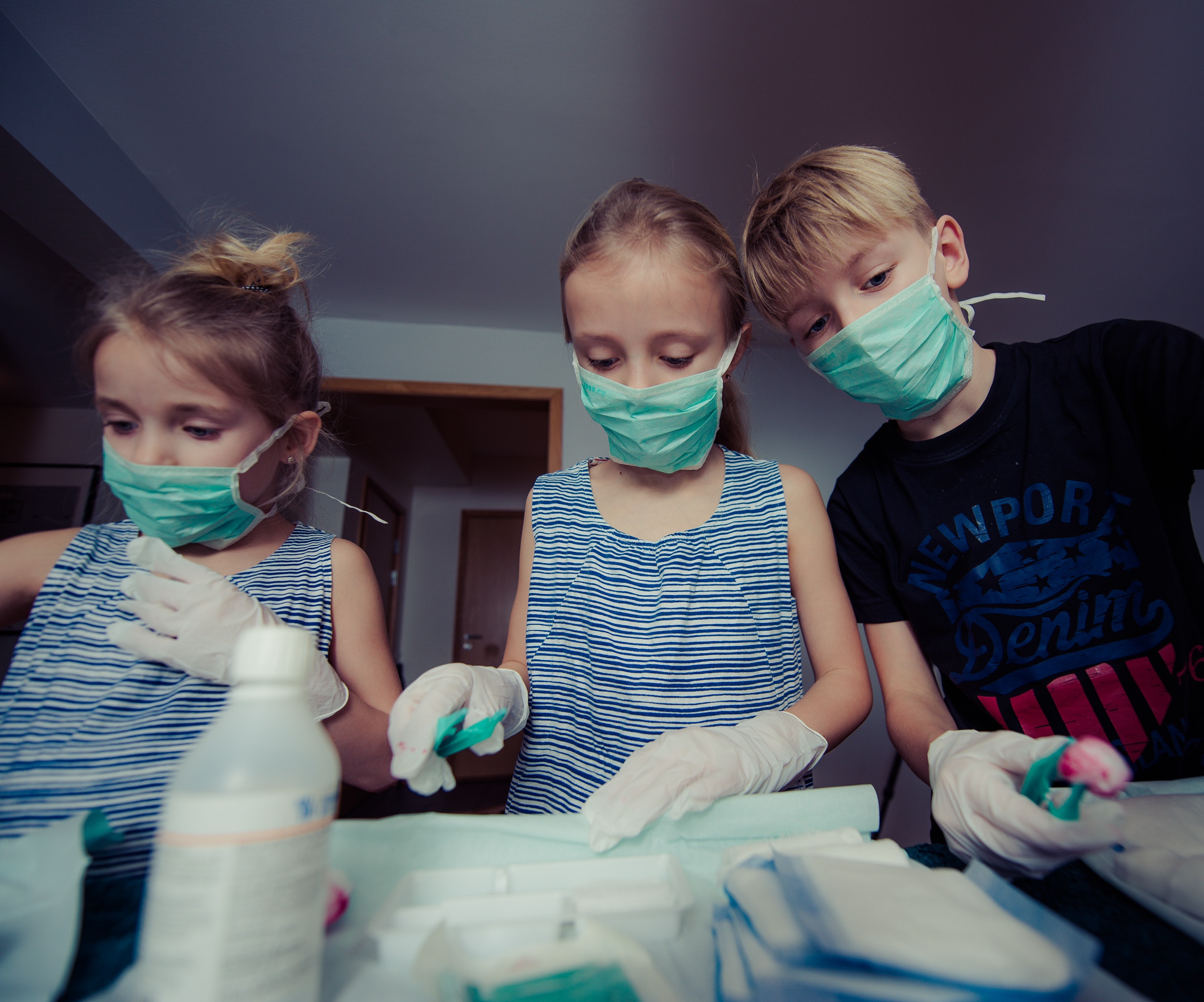Accidents and injuries are an inevitable part of life and children tend to be the most prone to these mishaps. Parents and caregivers are quick to administer first aid when their kids get hurt but, what if the shoe was on the other foot and you needed help? Would your children know what to do? Educating your children on some first aid basics could potentially save a life one day. Here are the most important first aid lessons you should teach your children.
Call 000
Teaching your children about paramedics, police, and firemen and the help they provide is a must-do. Once they are old enough to know how to use a phone and they know their numbers you should explain that if there is an emergency and a parent is unable to assist, they should dial 000 into the phone and press call to get help. Your children should also know the code to unlock your phone if there is one on it. You must tell your children that calling this number is strictly for emergencies only and to ensure emergency services respond quickly, it helps if your child/ren know their address and your phone number. The good news is most children know what a phone is and how to use it, so this isn’t a skill that is difficult to teach. Some apps simulate a real 000 call which is a great way to prepare your children when calling and how to answer the questions quickly and correctly.
How to put out a fire
Most children know that fire is dangerous but not many know how to put it out if their clothes were to catch alight. They can do this by using the STROP, DROP, ROLL method. It involves stopping what you are doing immediately, dropping to the floor, covering your face with your hands, and rolling on the ground back and forth until the fire is out.
Treating burns
Burns can be serious and while most of us take precautions to avoid this type of injury, accidents still happen. Teaching your children about things that can cause burns is important. This includes pots, hot drinks, stovetops etc. Lighters and matches should be kept out of reach from children and they should tell an adult immediately if they find either of these or they know another child has them. If someone has sustained a burn, knowing what to do can prevent the injury from worsening. Teach them to run the burn under cool water immediately for a minimum of 20 minutes.
Choking
Explain to your children what choking is and what the signs may be. If the child is old enough, teach them how to do back thrusts or the Heimlich manoeuvre correctly. Seconds count when someone is choking so, action must be taken asap.
Treating bleeding
More often than not, kids are exposed to minor grazes, cuts, and scratches. If the cut is deep, the bleeding needs to be stopped by applying pressure. If they can, they should direct the person with the injury to apply pressure themselves to the area around the wound but not directly on it. They can then tell them to cover it with a clean gauze pad or anything clean if they don’t have first aid supplies on hand. Keep it elevated, when the bleeding has subsided, clean the area by running it underwater for 5 to 10 minutes and patting dry. Dress properly by placing a band-aid or dressing over the wound.

Bruises
Bruises are usually caused by trauma to the skin and are extremely common. Teach your children how to apply an icepack to the area ensuring that it is wrapped in a clean cloth or alternative.
How to use a first aid kit
It’s a good idea to talk through the supplies in your first aid kit and how to apply them correctly. There are a lot of items in a first aid kit so stick the basics to ensure they retain the information you are relaying to them. You can ask them questions and prompt them to select the correct items needed to treat the ailment.
Stay calm
Seeing someone that is hurt or injured can be quite overwhelming especially for a child. They normally turn to an adult at these times for guidance. You can teach your children to be calm in stressful moments by setting a good example. They will see how you react to overwhelming experiences and more likely mirror your behaviour.
Keep it light and don’t put too much pressure on them
When teaching children about first aid, remember to keep it fun otherwise, they will lose interest quickly. Use terminology that they can understand and is appropriate for their age group. Make sure you assure them that they can only try their best to help someone and they shouldn’t help someone is it is unsafe for them to do so. If there is an adult that they know nearby, they should always get them to help.
While most of us don’t like to entertain the thought of our children being faced with frightening and overwhelming experiences, knowledge is power and it’s never too early to educate children on how to be safe and to help people if they are in need. It provides them with the confidence to be able to apply first aid which will promote better outcomes for the patient.


